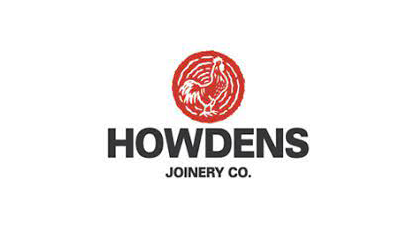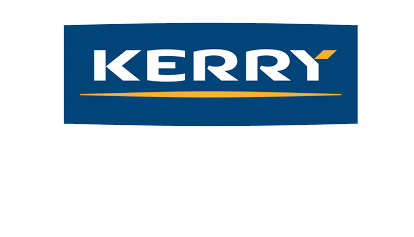Historical business processes developed during times of growth or acquisition can result in a legacy of multiple systems and procedures that meet the needs of individual functions but which present barriers to workflow. As wasteful are integrated systems where users create spreadsheets to manipulate data outside of the main system to provide them with the information they need to be able to function.
Advanced technology delivers improved connectivity which can remove these barriers. In addition, because the information is in the digital domain, this can be utilise machine learning and data models to aid decision making and provide guidance.
Digitisation, combines enhanced connectivity with the use of digital decision aids to compress the "end to end" Plan, Source, Make Deliver value adding process. An approach that delivers a step change in Quality, Cost and Delivery performance.
Those that have learned how to harness the potential of Digitisation have found that success depends on the engagement of users in systematic improvement. This is a journey rather than a destination.
To deliver these gains, the implementation project involves users in working with the live system to refine work routines and systematically enhance the end to end process.
That involves creating project teams with the goal of making a step change in the performance of business critical processes.
Digitisation activities can stall by focusing on things that have little consequence to business objectives. Avoid the temptation to start with ancillary processes.
Dealing with Legacy Systems
1. Understand the end to end process and identify the pain points to delivering step out performance.
2. Get user departments together, provide training in digitisation tools and encourage them to be curious about what could be, how to overcome pain points and priorities for improvement.
3. Starting with a model area, develop or identify web based microsystems that link up priority systems to create a digital backbone which can be used remove pain points.
4. Understand the customer and what they value. Define what is important to them and ensure that these attributes drive the design of the new process.
5. Define roles to fit the process: Avoid the classic approach to re-organisation which starts from the perspective of individual roles and personnel. The process purpose and value added need to be the prime considerations.
6. Track performance of the live system and review/refine work routines to lock in the gains.
7. Rinse and repeat
Contact us to find out more about how we can help to engage the workforce with delivering gains from advanced technology.











